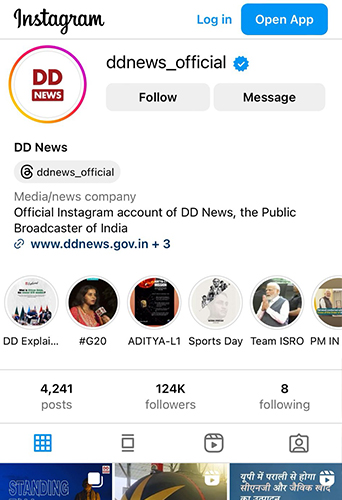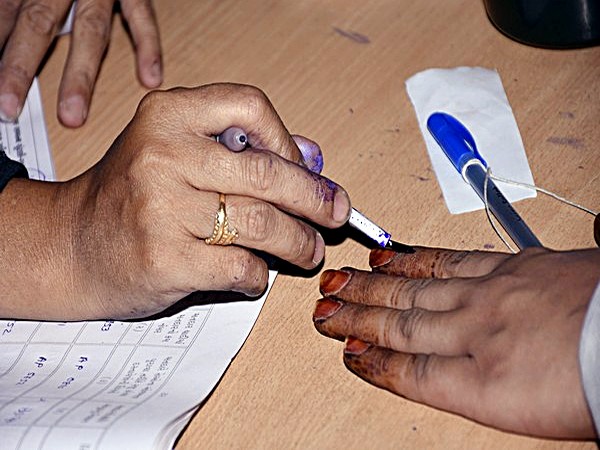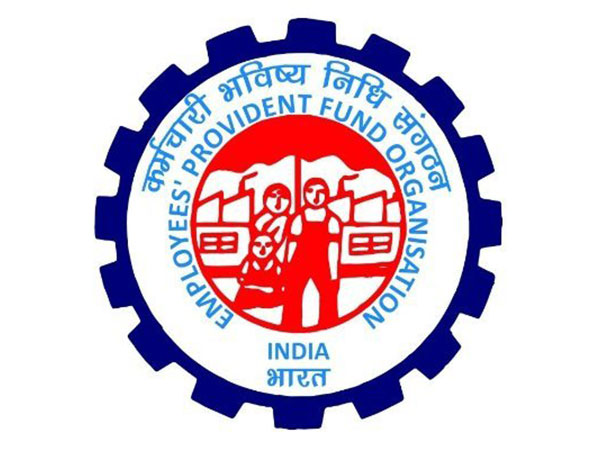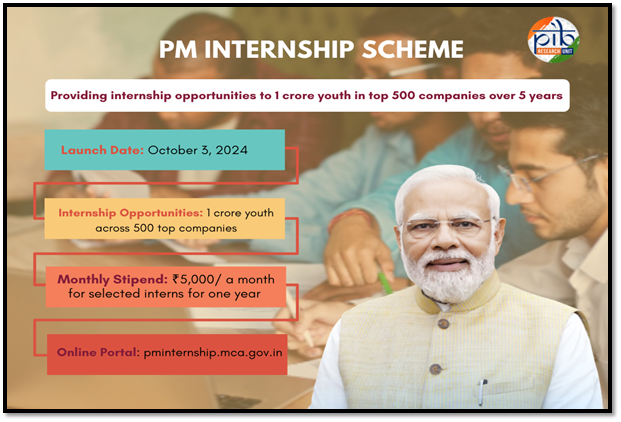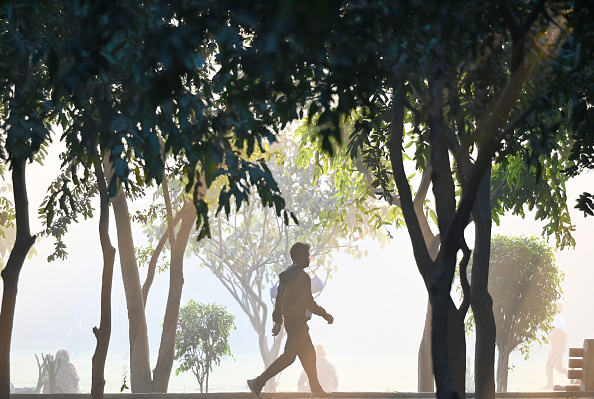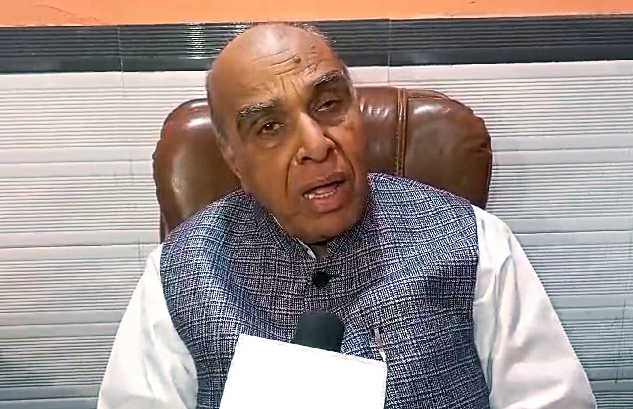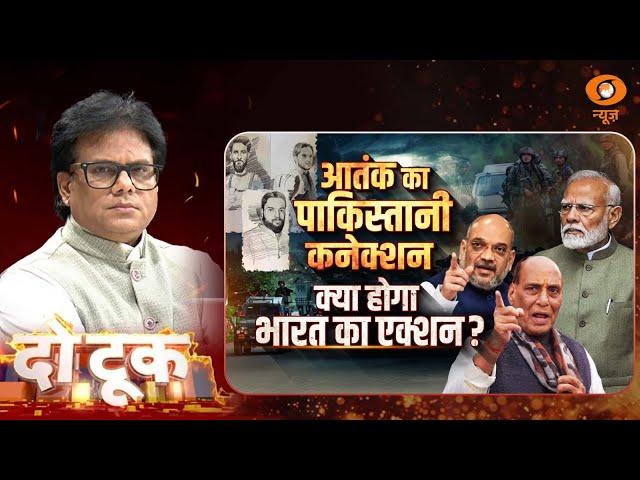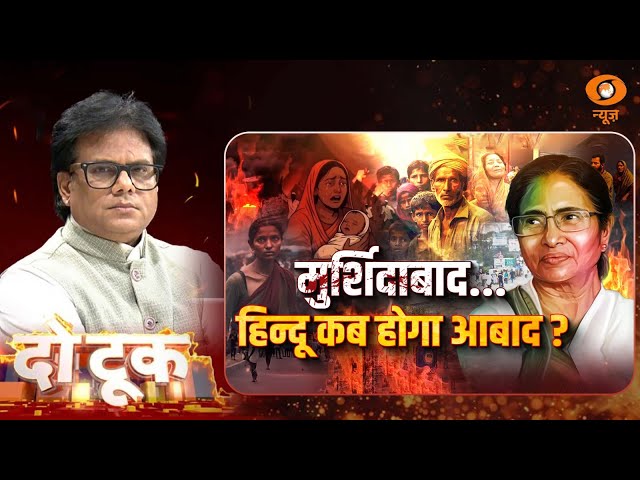Data on Lok Sabha elections in Delhi, sourced from the Election Commission of India, offer some interesting insights into the politics of the city, from the number of voters and voting patterns to its vast geographical expanse.
India held its first Lok Sabha elections in 1951. At that time, Delhi, the nation’s capital, had four Lok Sabha seats. The city had 744,668 registered electors and a turnout of 57.92%. The Indian National Congress (INC) won three seats with 49.43% of the votes, while the Kisan Mazdoor Praja Party secured one seat with 7.28%. Although the Bharatiya Jana Sangh (BJS) did not win any seats, it achieved an impressive vote share of 25.92%.
In 1957, five Lok Sabha seats were contested, and the Congress won all of them, with 54% of the votes compared to the BJS’s 20%. In the 1962 elections, the Congress repeated its performance with a 51% vote share from an electorate of 1,345,360. The BJS, despite failing to win a seat, remained a significant force with 33% of the votes, and the overall electoral turnout climbed to 68.75%.
The 1967 elections recorded a slightly higher turnout of 69.49%. The registered voter base had expanded to 1,684,714, and seven Lok Sabha seats were contested. The BJS won six seats with 47% of the votes, while the Congress managed only one seat with 39%. In 1971 the Congress reclaimed all seven seats with 64% of the votes. Delhi’s electorate increased to 2,016,390 and the overall turnout reached 65.19%.
The post-Emergency 1977 elections saw the highest turnout in Delhi Lok Sabha elections so far, when 71.31% of voters cast their ballots. The Bharatiya Lok Dal (BLD), as part of the broader Janata alliance, won all seven seats with 68.15% of the votes, leaving the Congress with no representation. By then, the registered voter base had expanded to 2,547,064.
A shift was observed in 1980 when the Congress (I) won six of the seven seats with over 50% of the vote, while the Janata Party secured one seat with 38% of the votes. In 1984, the Lok Sabha elections were held after the assassination of then Prime Minister of the country, Indira Gandhi. The Congress swept Delhi by winning all seven seats with 68.72% of the votes. That year, there were 3,496,781 registered voters and the final electoral turnout Delhi was 64.48%.
By 1989 the BJP had begun to make significant inroads in Delhi’s Lok Sabha elections. That year, the BJP won four seats, the Congress two, and the Janata Dal one. Delhi had 5,702,828 registered voters and a cumulative turnout of 54.3%. In 1991, despite a lower turnout of 48.52% from a registered base exceeding six million, the BJP won five seats while the Congress secured two, a trend that largely continued into the late 1990s.
In 1996, with the electorate expanding to over eight million, the overall turnout was 50.62%. The BJP won five out of the seven seats with nearly half of the total votes. In 1998, the BJP improved further by winning six seats with 51% of the votes, while the Congress secured around 37% and two seats in 1996 and then one seat with 43% in 1998. The following year, in 1999, the BJP swept all seven seats with 51.75% of the votes, even though the Congress polled over 40%, its efforts not enough to win any seats. The overall turnout that year was 43.54%.
The 2004 Lok Sabha elections marked a positive turn for the Congress, which won six seats with roughly 55% of the votes. The BJP secured one seat with 41%, and the overall turnout was 47.09%. In 2009, the Congress won all seven seats with 57% of the votes. That year, the registered voter base in Delhi expanded to over one crore, reaching 11,096,854.
In 2014, reflecting the BJP’s national dominance, the party’s influence was evident in Delhi as well. The BJP went on to win all seven Lok Sabha seats in both the 2019 and 2024 elections. Voter turnout, which had previously varied between 43% and around 50%, rose to 65.1% in 2014 from a registered base of 12,711,164. Delhi’s electoral contest, once a two-party race, evolved into a three-party contest with the entry of the Aam Aadmi Party (AAP). The BJP secured 47% of the votes, while the AAP replaced the Congress with a 33% share, leaving the Congress in third place with nearly 15%.
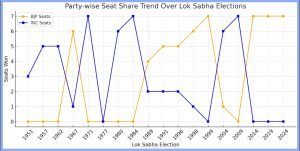
In the 2019 Lok Sabha elections, Delhi’s voter base further expanded to 14,327,649 with an overall turnout of 60.6%. The BJP, while winning all seven seats, increased its vote share to 56.85%. The Congress emerged as the second-largest party with 23% of the votes this time, while the AAP received 18%. In the 2024 elections, the BJP again maintained a vote share of 55% while winning all the seats, while the AAP emerged as the runner-up, replacing the Congress in vote share again. The voter base in the national capital city expanded beyond 1.5 crore, with 1,52,14,638 registered voters with final vote share in Delhi at 58.78%.
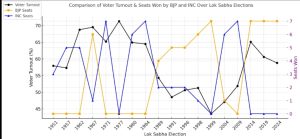
These figures highlight the ups and downs of Delhi’s parliamentary politics over the decades. Voter turnout has fluctuated significantly, from a peak of 71.31% in 1977 to a low of 43.54% in 1999. The Congress dominated in the early decades and performed well in the mid-2000s, whereas the BJP (and its predecessor, the BJS) has consistently been a significant force in Delhi’s electoral landscape. Since 1991, the BJP’s vote share has always exceeded 40%, even surpassing 50% on four occasions.

While the Congress, which once ruled the national capital, has experienced a steady decline and now faces a battle for survival, the BJP’s performance has remained remarkably consistent, ultimately paving the way for its rise. The emergence of AAP in Delhi’s politics has further eroded Congress’s vote share, while the BJP has strengthened its position in what is now the most populous city in India. According to the latest United Nations World Urbanisation Prospects report, Delhi is the world’s second most populous city, with 33.8 million residents, trailing only Tokyo, Japan, which has a population of 37 million.





